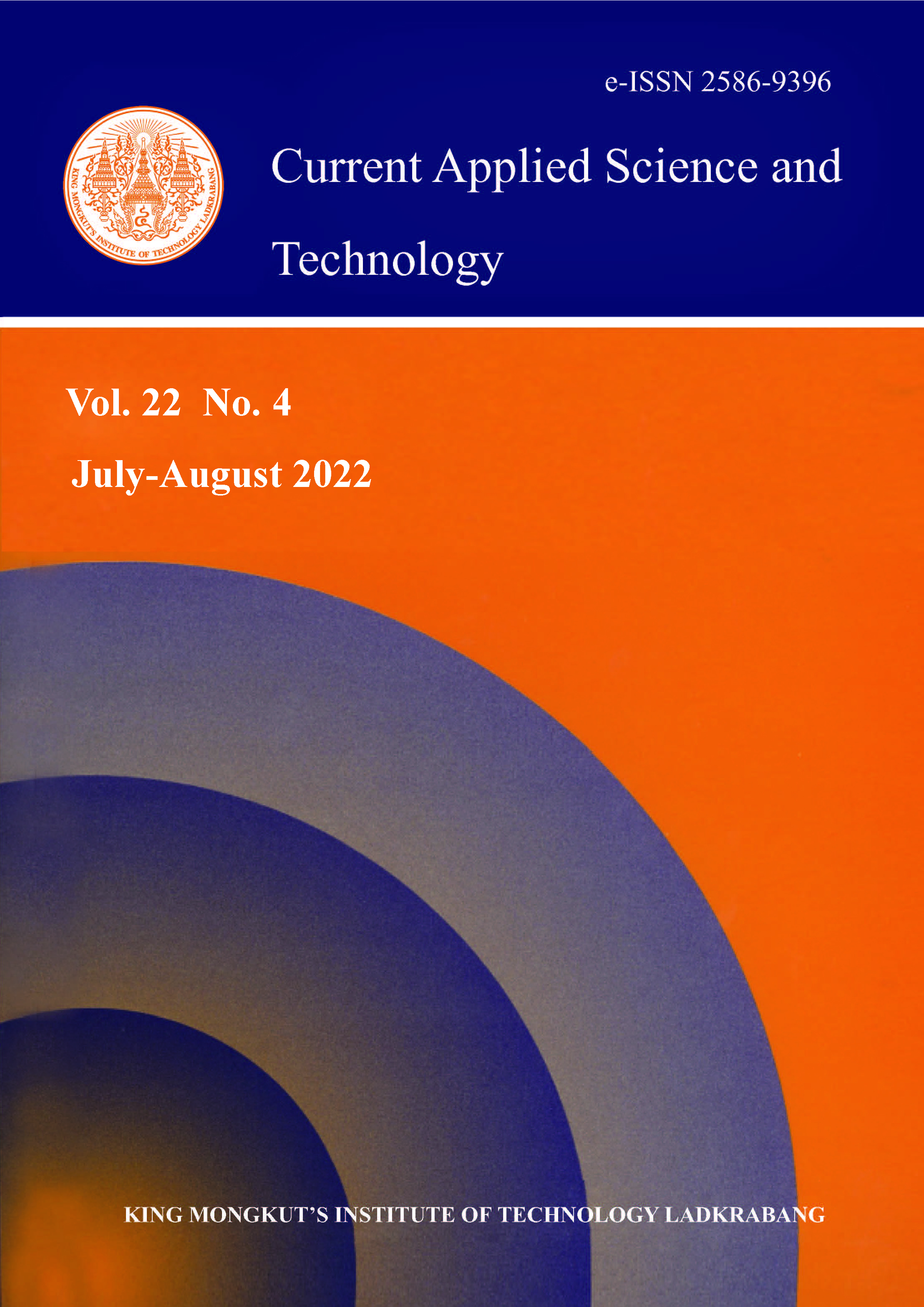Nowadays, concern regarding health epidemics has led to extensive development of functional textiles that have protective functions. Clothing and fabric with insect repellent finishes is a promising and effective way to protect body from insect bites that may carry pathogens. In recent years, several innovations in insect repellent textiles, in particular on new materials and techniques to improve the efficacy and durability of the fabric, have been developed. This review discusses issues and challenges associated with insect repellent finishes. This review also focuses on materials used as improvers in insect repellent textiles whether at the production stage (used in modification fiber or yarn) or in the formulation for post-treatment. The techniques of synthesis, the rates of release, the durability, and insect repellency have also been highlighted in this review. This review offers valuable input to scientists who work in the field of functional textiles and especially from countries with insect-borne disease problems.
Keywords: insect-repellent; improver; materials science; textile
*Corresponding author: Tel.: (+60) 1548797320
E-mail: azlan.kamari@fsmt.upsi.edu.my
Kamari*, A. undefined. ., Yusoff, S. N. undefined. M. ., Wong, S. T. undefined. S. ., & Fatimah, I. undefined. . (2021). A Mini Review of Materials Used as Improvers for Insect and Arthropod Pest Repellent Textiles. CURRENT APPLIED SCIENCE AND TECHNOLOGY, DOI: 10.55003/cast.2022.04.22.001 (18 pages). https://doi.org/10.55003/cast.2022.04.22.001

